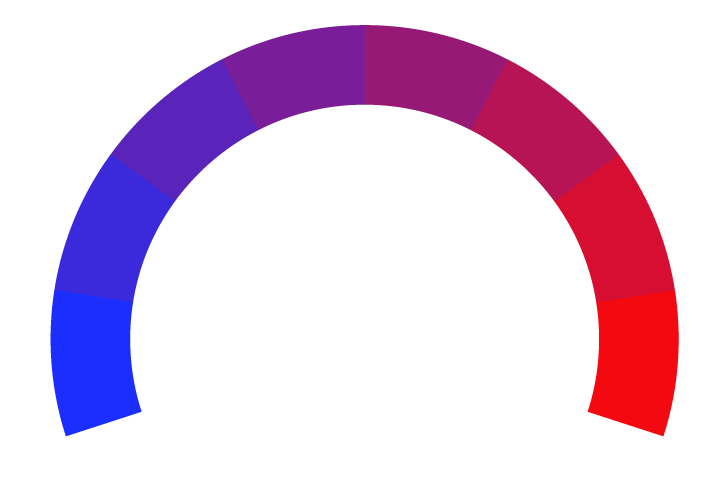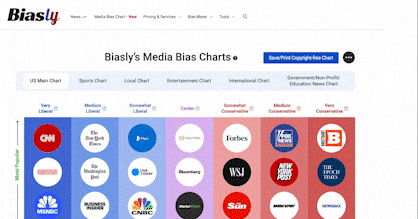 Common Dreams Article Rating
Common Dreams Article Rating'Enough Is Enough': Report Shows Big Oil's Offshore Tax Loopholes Cost US at Least $86 Billion Per Year
- Bias Rating
- Reliability
N/AN/A
- Policy Leaning
34% Somewhat Right
- Politician Portrayal
-57% Negative
Continue For Free
Create your free account to see the in-depth bias analytics and more.
By creating an account, you agree to our Terms and Privacy Policy, and subscribe to email updates.
Bias Score Analysis
The A.I. bias rating includes policy and politician portrayal leanings based on the author’s tone found in the article using machine learning. Bias scores are on a scale of -100% to 100% with higher negative scores being more liberal and higher positive scores being more conservative, and 0% being neutral.
Sentiments
N/A
- Conservative
| Sentence | Sentiment | Bias |
|---|---|---|
Unlock this feature by upgrading to the Pro plan. | ||
Reliability Score Analysis
Policy Leaning Analysis
Politician Portrayal Analysis
Bias Meter
Extremely
Liberal
Very
Liberal
Moderately
Liberal
Somewhat Liberal
Center
Somewhat Conservative
Moderately
Conservative
Very
Conservative
Extremely
Conservative
-100%
Liberal
100%
Conservative

Contributing sentiments towards policy:
50% : The report draws attention to several legislative proposals that would do away with subsidies for domestic fossil fuel production as well as tax exemptions for foreign extraction, including:47% : Existing regulation gives dual capacity taxpayers vast latitude to assert what portions of their payments are taxes eligible to offset U.S. tax bills."
44% : Although they are permitted to claim tax credits for taxes paid to foreign governments, U.S. companies are not allowed to do so for non-tax payments such as royalties.
31% : Eliminating the dual capacity loophole would raise at least an additional $1.4 billion, according to the Biden administration, while the Joint Committee on Taxation puts the figure somewhere between $5.6 and $13.1 billion.
*Our bias meter rating uses data science including sentiment analysis, machine learning and our proprietary algorithm for determining biases in news articles. Bias scores are on a scale of -100% to 100% with higher negative scores being more liberal and higher positive scores being more conservative, and 0% being neutral. The rating is an independent analysis and is not affiliated nor sponsored by the news source or any other organization.






















